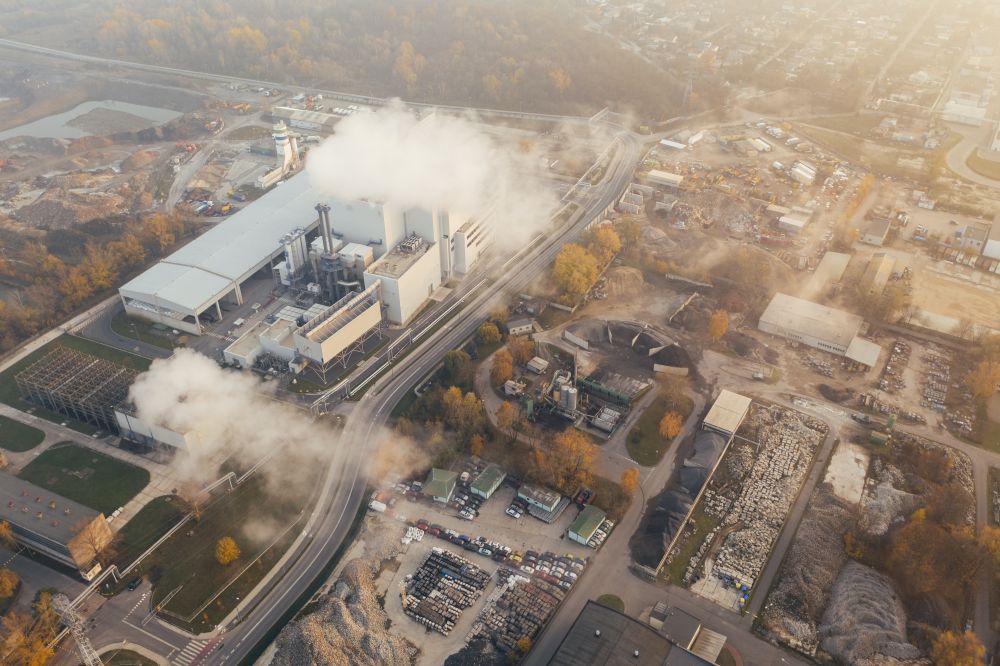IEA: Reaching net-zero will be virtually impossible without CCUS
The flagship report ‘CCUS in Clean Energy Transitions’ was published by the autonomous intergovernmental organisation and argues for the need to invest more in CCUS in order to achieve net zero.

According to the IEA, carbon capture, utilisation and storage (CCUS) is the only group of technologies that contributes both to reducing emissions in key sectors directly and to removing CO2 to balance emissions that are challenging to avoid.
The flagship report ‘CCUS in Clean Energy Transitions’ was published by the autonomous intergovernmental organisation and argues for the need to invest more in CCUS in order to achieve net zero.
Technology-based carbon removal approaches are needed to balance emissions that are technically difficult or prohibitively expensive to eliminate. However, the report highlights that costs need to come down in order for the technologies to be more accessible.
According to the report, interest in CCUS is starting to grow with more than 30 commercial facilities being announced in the last three years. Projects include power generation, cement and hydrogen facilitates, and industrial hubs with an estimated investment of around US $27bn. These projects would double the level of CO2 captured globally, from around 40m tonnes today.
So far in 2020, government and industry commitments to CCUS has reached almost US$4bn.
The report argues that CCUS technologies contribute to clean energy transitions in several ways, including tackling emissions from existing energy infrastructure by being retrofitted to existing power and industrial plants that could otherwise emit 600bn tonnes of CO2 over the next five decades.
In many regions, CCUS is the most cost-effective approach to curb emissions in iron, steel and chemicals manufacturing as well as the only solution for deep emissions reductions from cement production. It is also a cost-effective pathway for low-carbon hydrogen production. CCUS underpins an important technological approach for carbon-sequestrating and delivering a net-zero energy system, the report says.
According to the report, “CCUS accounts for nearly 15 percent of the cumulative reduction in emissions.”
CCUS has predominantly been used in natural gas processing or fertiliser production, where CO2 can be captured at relatively low costs. In other areas, including cement and steel, CCUS remains at an early stage of development, the report says.
Currently there are at least 12 CCUS hubs in development globally – including in Australia, Europe and the United States – and many of them are linked to low-carbon hydrogen production.
IEA end their report by appealing to government to ensure that policies establish a sustainable and viable market for CCUS. The report identifies four high-level priorities for governments and industry.
- Create the conditions for investment by placing a value on reducing emissions and direct support for early CCUS projects;
- Coordinate and underwrite the development of industrial hubs with shared CO2 infrastructure;
- Identify and encourage the development of CO2 storage in key regions;
- Boost innovation to reduce costs and ensure that critical emerging technologies become commercial, including in sectors where emissions are hard to abate and for carbon removal.
Read the full report here.






